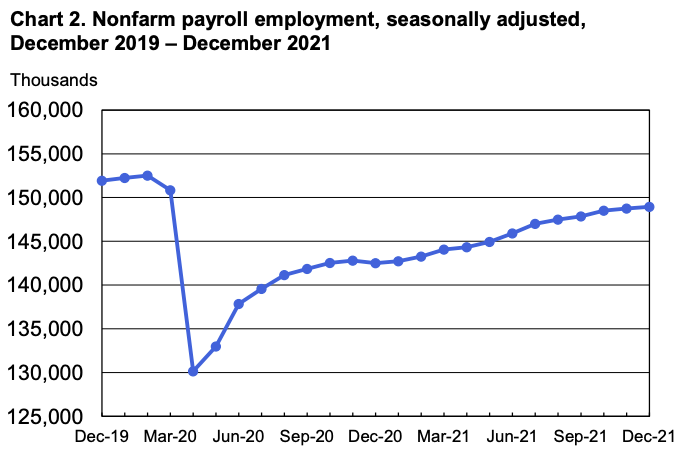The Bureau of Labor Statistics (BLS) released Friday only 199,000 jobs were added in December, 2021. The small gain does not provide the U.S. economy enough employment to cover the 4.5 Million U.S. workers who quit the previous month who seem to be waiting. This collection of talent is sitting on the sidelines and is without enough sense of urgency to pick up where they left off with another company. The data shows more than ever work flexibility choice has shifted to the labor pool and they’re not desperate to take the first offer.

“The world is entering into a talent migration that’s bigger than anything we’ve seen before,” said Ryan Roslansky, LinkedIn CEO in a post. “We call it the GreatReshuffle, an unprecedented moment in the history of work where all of us are rethinking not just how we work, but why we work.”
Workers are waiting for a variety of reasons. Companies offering workplace flexibility have gained serious momentum since the COVID pandemic began. While some organizations are quicker than others to provide accommodations, all agree that creating a low-stress work environment attracts talent. If we are in the middle of a reshuffle, this delay in return to work seems we’re playing with multiple decks.
In April, 2021, Gartner research polled corporations about their plan to expand contingent workforce programs. 32% of responding companies plan to increase their contract talent population for cost-saving perks from Full-time Employment (FTE) spends. Coupled with the extra luxury of guaranteeing a flexible work schedule and environment to complete projects supplied by contingent work arrangements. This combination is a win-win, which makes turning a ship a whole lot easier since the route is preplanned.
The 32% noted in the Gartner study hopefully have finalized the plans for contingent workforce expansion. Signing the best-in-class partnerships to not only source but to secure talent sitting on the sidelines from the great voluntary work exodus our economy has experienced in Q3 and Q4 of 2021.
Corporate Contingent Workforce programs are desperate for talent similar to their Full-Time, Talent Acquisition counterparts. While remote work, flexibility to complete projects, and contractor classification (corp-to-corp, 1099, W2) have always been offered to contingent workers, full-time talent acquisition teams often only present talent with full-time opportunities. This missed opportunity to secure talent by any means is a challenge to solve that will hopefully return the 4.5 million workers still on the talent sidelines.




